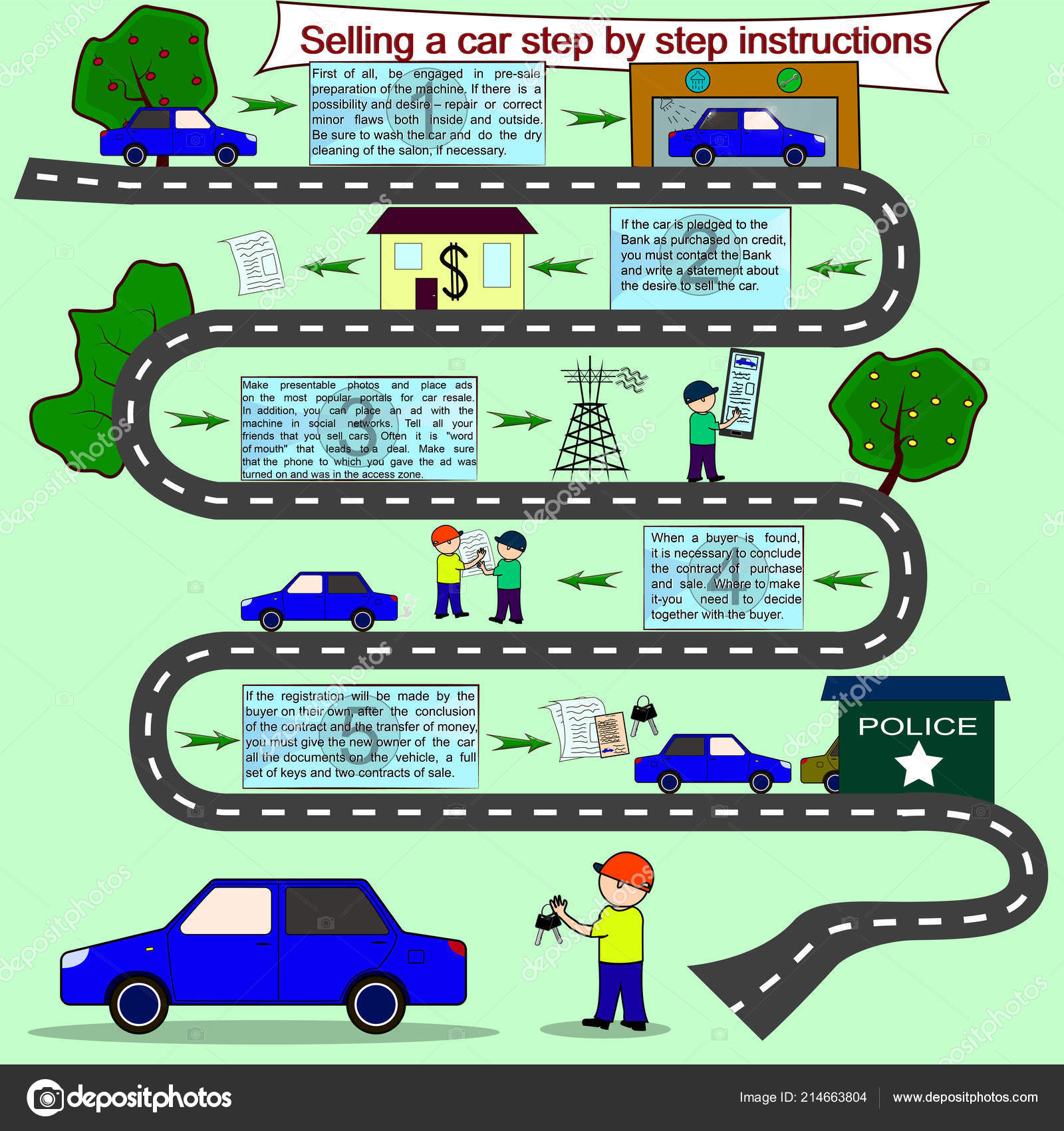Deciphering Your Car'S Warning Indicators: What They Truly Symbolize
Deciphering Your Car'S Warning Indicators: What They Truly Symbolize
Blog Article
Authored By-Boye Kejser
When you lag the wheel, those glowing caution lights on your dashboard can be a bit bewildering. Do you know what they're attempting to tell you regarding your auto's health and wellness? Comprehending the relevance of these lights is crucial for your safety and security and the long life of your car. So, the next time one of those lights turns up, would not you intend to understand its message properly and take the needed steps to address it?
Common Warning Lighting and Interpretations
Recognize common caution lights in your cars and truck and comprehend their meanings to guarantee secure driving.
The most common warning lights include the check engine light, which signals issues with the engine or emissions system. If this light comes on, it's vital to have your vehicle examined promptly.
car clean detailing warning light shows low oil stress, calling for instant focus to prevent engine damages.
A flashing battery light might suggest a defective charging system, potentially leaving you stranded if not attended to.
The tire stress monitoring system (TPMS) light signals you to low tire stress, impacting vehicle security and fuel effectiveness. Neglecting this can lead to dangerous driving conditions.
The abdominal light indicates a trouble with the anti-lock stopping system, endangering your capacity to quit swiftly in emergency situations.
Last but not least, the coolant temperature advising light warns of engine getting too hot, which can cause serious damages if not settled quickly.
Understanding these typical warning lights will assist you deal with concerns immediately and keep risk-free driving conditions.
Importance of Prompt Focus
Understanding the common caution lights in your automobile is only the primary step; the importance of without delay addressing these cautions can't be stressed enough to ensure your safety and security when driving.
When a caution light illuminates on your control panel, it's your vehicle's way of communicating a possible issue that needs focus. Neglecting these cautions can lead to much more severe troubles later on, jeopardizing your security and potentially costing you much more out of commission.
Trigger attention to warning lights can prevent failures and crashes. For car cleaning service auckland , a flashing check engine light might show a misfire that, if left ignored, could create damage to the catalytic converter. Addressing this promptly can conserve you from a pricey repair service.
In a similar way, a brake system warning light could signify reduced brake liquid or used brake pads, vital elements for your security when driving.
DIY Troubleshooting Tips
If you observe a caution light on your dashboard, there are a couple of DIY repairing ideas you can try before looking for specialist aid.
The primary step is to consult your automobile's manual to recognize what the certain warning light suggests. Sometimes the issue can be as easy as a loose gas cap activating the check engine light. Tightening up the gas cap might fix the trouble.
Another typical concern is a low battery, which can cause different warning lights. Checking the battery connections for corrosion and ensuring they're safe might fix the problem.
If a caution light lingers, you can attempt resetting it by disconnecting the automobile's battery for a few mins and after that reconnecting it. In addition, checking your vehicle's fluid degrees, such as oil, coolant, and brake liquid, can help troubleshoot alerting lights related to these systems.
Final thought
To conclude, understanding your automobile's warning lights is necessary for keeping your vehicle running efficiently and securely. By without delay addressing these notifies and recognizing what they imply, you can avoid expensive repair services and potential failures.
Keep in mind to consult your car's guidebook for certain information on each alerting light and take action as necessary to ensure a hassle-free driving experience.
Stay educated, stay safe when traveling!
